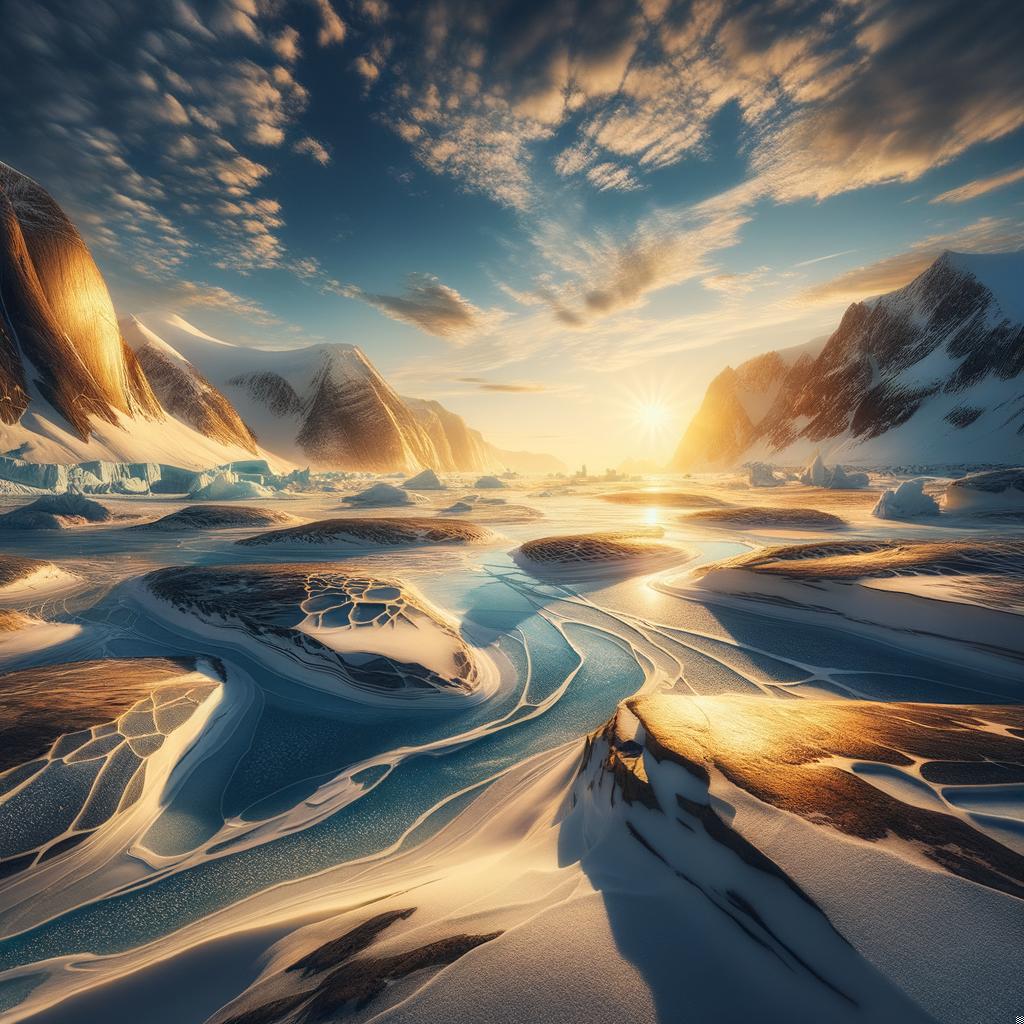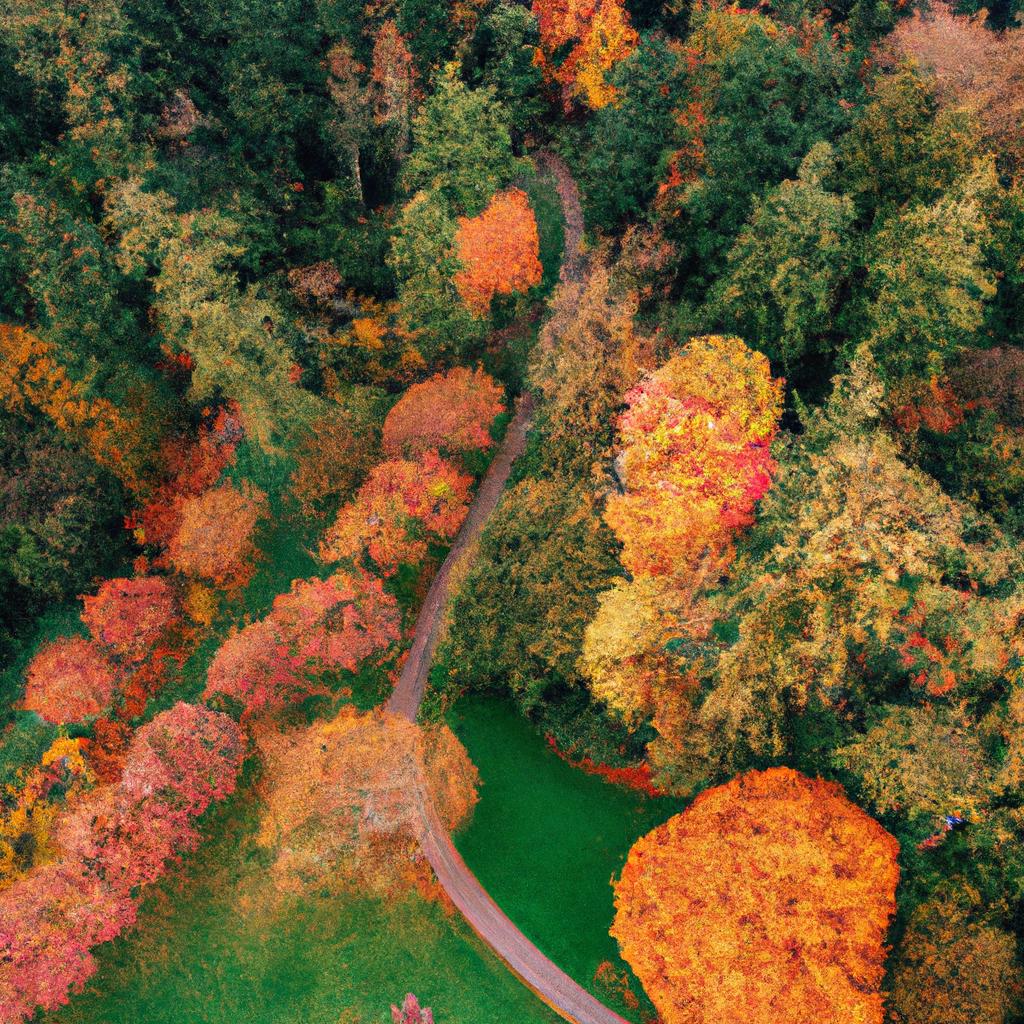A Guide to Experiencing Canada’s Remote Arctic Regions
Posted on October 15, 2024 • 4 minutes • 722 words
Table of contents
Canada’s remote Arctic regions are a treasure trove of stunning landscapes, unique cultures, and incredible wildlife. For adventurers and nature lovers alike, exploring this breathtaking expanse offers an experience like no other. From the crystal-clear fjords to the mesmerizing auroras, Canada’s North is a realm of untamed beauty waiting to be discovered. Whether you’re interested in indigenous cultures, outdoor activities, or simply soaking in the pristine environment, this guide will help you navigate the wonders of Canada’s Arctic regions.
Understanding Canada’s Arctic Regions
Canada’s Arctic encompasses several territories, including Yukon, Northwest Territories, and Nunavut. These areas are characterized by vast tundras, icy coastlines, and rugged mountains, creating a unique environment unlike any other in the country. The Arctic is home to diverse ecosystems, featuring wildlife such as polar bears, caribou, and migratory birds. Each region also boasts its own indigenous communities, rich in traditions and history.
Best Time to Visit the Arctic
Timing your visit is crucial for experiencing the Arctic at its best. The summer months, from June to August, bring milder temperatures and longer days, making it ideal for hiking, kayaking, and wildlife viewing. This season allows for exploration of the stunning landscapes when the flora is in bloom and wildlife is most active. Winter, from November to March, presents a different charm, with opportunities for dog sledding, snowmobiling, and witnessing the captivating Northern Lights.
Planning Your Journey
Reaching Canada’s Arctic regions may require some planning, as many areas are accessible only by air or specialized transportation. Major airports, such as Iqaluit in Nunavut or Yellowknife in the Northwest Territories, serve as gateways to the Arctic. Once you arrive, local transportation options, including small planes, boats, or guided tours, can help you navigate the remote areas.
Accommodations vary from cozy lodges to more luxurious hotels, depending on your budget and preferences. Some travelers might opt for unique experiences, such as staying in traditional Inuit igloos or Arctic tents, offering an authentic taste of the region’s culture.
Exploring Indigenous Cultures
The Arctic is rich in indigenous heritage, with communities such as the Inuit, Dene, and Métis offering insights into their way of life. Engaging with local cultures can enhance your visit significantly. Consider participating in guided tours led by indigenous people, where you can learn about traditional hunting, fishing, and crafting techniques. Many communities also host cultural events and festivals that showcase traditional music, dance, and art, providing a deeper understanding of their history and values.
Outdoor Adventures Await
Adventure seekers will find a plethora of activities to choose from. The summer months open up opportunities for hiking and kayaking, with trails leading to breathtaking vistas and secluded coves. Wildlife photography is exceptional, with chances to capture images of polar bears, seals, and various bird species in their natural habitats.
During winter, the Arctic transforms into a playground for snow enthusiasts. Dog sledding offers a thrilling way to traverse the snowy landscape, while snowshoeing and cross-country skiing provide a more tranquil exploration of the area. Ice fishing is another popular activity, allowing visitors to experience the age-old tradition of fishing through ice-covered lakes.
Witnessing the Northern Lights
One of the most spectacular natural phenomena in the Arctic is the Northern Lights (Aurora Borealis). These colorful displays dance across the night sky, creating a magical atmosphere. To enhance your chances of witnessing this breathtaking sight, consider visiting during the winter months when nights are long and skies are clear. Various tour companies offer excursions specifically for Northern Lights viewing, complete with knowledgeable guides who can share insights about this celestial phenomenon.
Respecting the Environment
As you explore this stunning region, it’s crucial to respect the delicate environment. Follow guidelines provided by local authorities and tour operators to minimize your impact on the ecosystem. Always practice Leave No Trace principles, ensuring that the Arctic remains pristine for future generations to enjoy.
Conclusion
Canada’s remote Arctic regions offer an unparalleled adventure for those willing to venture into this unique wilderness. With its stunning landscapes, rich cultural experiences, and incredible outdoor activities, the Arctic invites exploration and discovery. By planning your journey carefully and engaging with the local communities, you can create unforgettable memories in one of the most beautiful and remote areas of the world. Prepare for an adventure that will leave you in awe of nature’s wonders and the resilience of its people.



